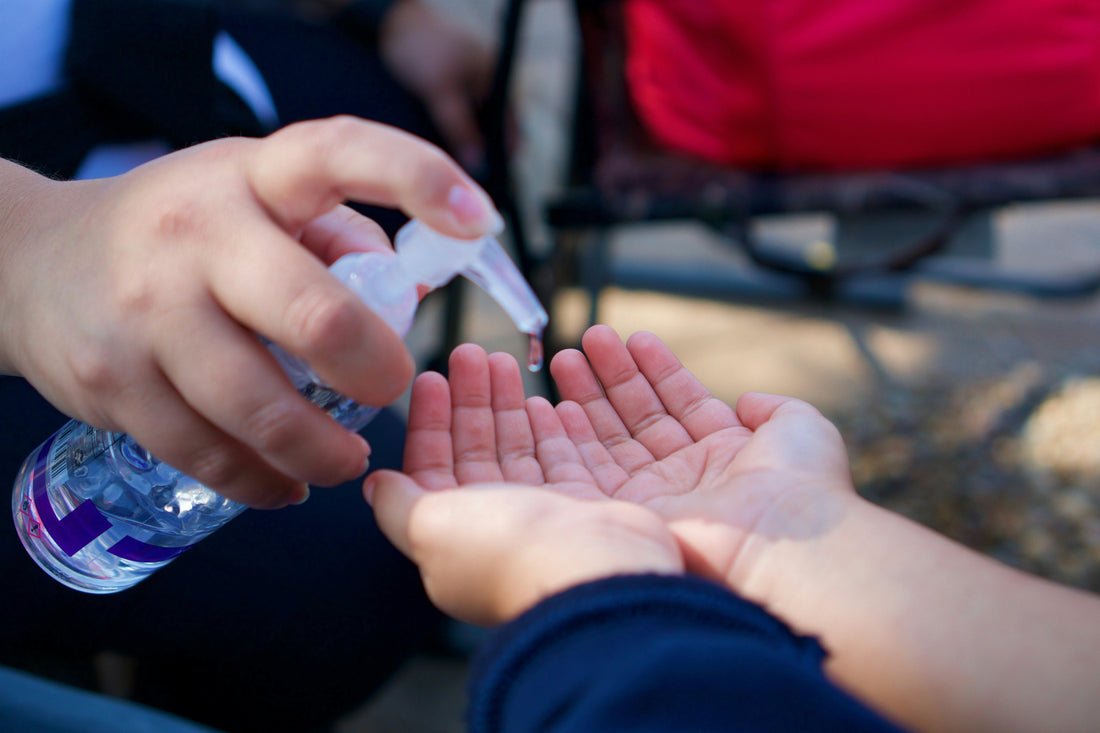
Hand Sanitizers: Essential Facts and Tips for Effective Use
Share
In recent years, hand sanitizers have become indispensable items in everyday life, especially amid global health concerns and a growing emphasis on personal hygiene. Understanding their composition, effectiveness, and proper usage can help consumers make informed choices and maintain good health.
What Are Hand Sanitizers?
Hand sanitizers are liquid, gel, or foam products designed to reduce the number of germs on the hands. Unlike handwashing with soap and water, they rely on active ingredients (usually alcohol) to kill bacteria, viruses, and fungi quickly and conveniently when soap and water are unavailable.
Types of Hand Sanitizers
There are two main categories:
1. Alcohol-Based Hand Sanitizers (ABHS)
These contain ethanol, isopropanol, or a combination, usually at concentrations between 60% and 95%. Scientific studies show that sanitizers with at least 60% alcohol effectively inactivate many microbes, including influenza viruses and coronaviruses. Due to their drying effect, emollients like glycerin or aloe vera are often added to protect skin.
2. Non-Alcohol-Based Hand Sanitizers
These typically use antiseptics like benzalkonium chloride. While less drying, they may have varying effectiveness against certain viruses and bacteria. Health authorities generally recommend alcohol-based sanitizers for rapid, broad-spectrum antimicrobial action.
How Hand Sanitizers Work
Alcohol disrupts the lipid membranes of microorganisms and denatures proteins, rendering pathogens inactive. This mechanism is efficient against enveloped viruses (such as SARS-CoV-2) and many types of bacteria. However, hand sanitizers are less effective on hands visibly dirty or greasy because organic matter can shield microbes.
Proper Usage
For maximum efficacy, follow these steps:
* Apply a palmful of sanitizer to cover all surfaces of both hands.
* Rub hands together, covering fingers, nails, and wrists, until dry.
* Avoid wiping or rinsing hands before the sanitizer dries.
The Centers for Disease Control and Prevention (CDC) recommends using hand sanitizers as a supplementary measure to handwashing, not a replacement. Handwashing with soap and water for at least 20 seconds remains the gold standard, especially after using the restroom, before eating, and when visibly soiled.
Storage Tips
Store hand sanitizers in cool, dry places away from direct sunlight and heat sources to prevent degradation of active ingredients. Some alcohol-based sanitizers are flammable, so keep them away from open flames and avoid overheating.
Safety Considerations
While generally safe for use, hand sanitizers should be kept out of reach of children due to toxicity risks if ingested. Ingesting even small amounts of alcohol-based sanitizer can be harmful. Skin irritation or allergic reactions are rare but possible, especially with frequent use. Choosing formulations with moisturizing agents can mitigate dryness.
Current Trends and Innovations
The hand sanitizer market has expanded significantly, prompting new formulations:
* Natural and organic options with botanical extracts and essential oils
* Foam sanitizers for ease of application and reduced drying sensations
* Refillable and eco-friendly packaging focusing on sustainability
With ongoing research into emerging pathogens, formulations continue evolving to offer safer, more effective protection.
Conclusion
Hand sanitizers serve a critical role in public health by providing convenient antimicrobial protection. Understanding their types, appropriate use, and safety helps consumers optimize their hygiene routines. Whether on-the-go or at home, carrying a reliable hand sanitizer is an essential part of modern urban living.
About My Urban Carry
At My Urban Carry, we offer a curated selection of premium hand sanitizers and essential everyday carry products designed for the urban lifestyle. Our goal is to provide high-quality, effective, and skin-friendly sanitizing solutions to keep customers safe and prepared wherever they go.
